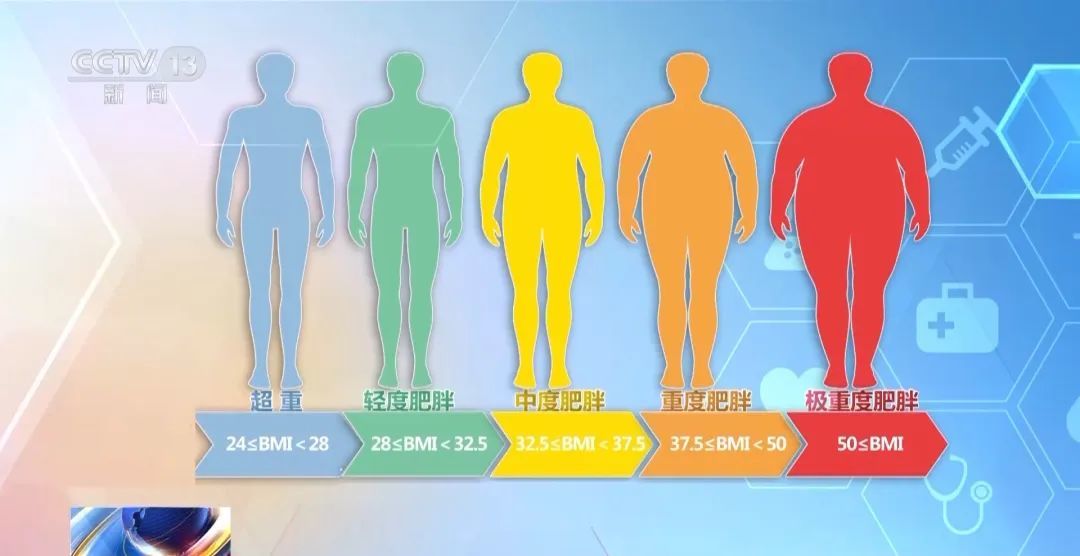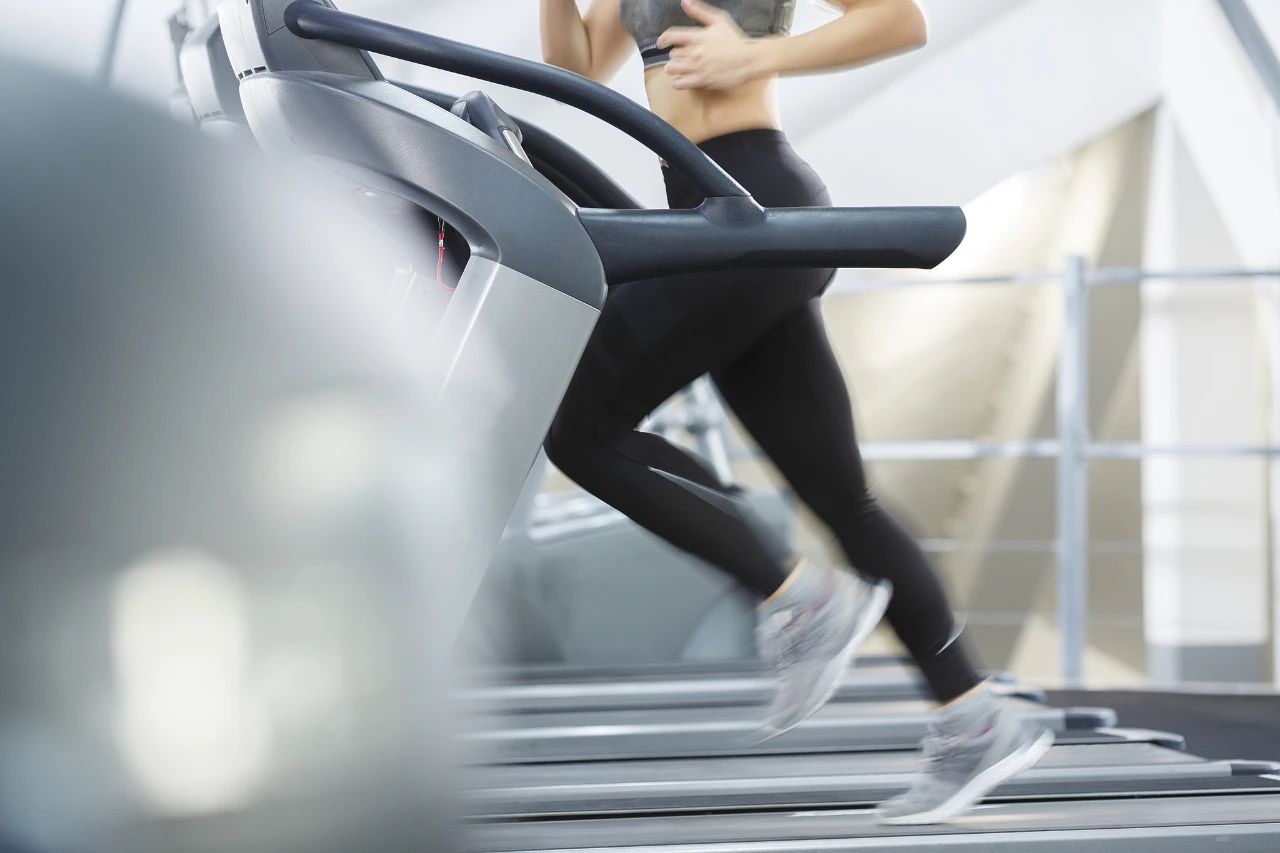
What kind of fat is really overweight and obesity?
Overweight and obesity are affected by many factors. These include genetics, diet, physical activity level, living habits, and changes in social environment.
Body mass index (BMI) is a standard for measuring the fatness and thinness of the human body.
BMI = weight (kg) / height (m)²
The normal range of BMI for healthy adults in my country is between 18.5 and 24.
BMI between 24 and 28 is defined as overweight.
Reaching or exceeding 28 is obesity. Among them, it is divided into mild obesity, moderate obesity, severe obesity and extremely severe obesity according to BMI.

How to eat for healthy weight loss?
Previously, the National Health Commission issued the "Guidelines for Adult Obesity Diet (2024 Edition)", which teaches you how to lose weight scientifically!
It is worth noting that this recipe is detailed to recipe examples in different regions of the country, and the "total energy" of the recipe is noted.
How much to eat every day?
Controlling total energy intake and maintaining a reasonable diet are the keys to weight management. To control total energy intake, based on the daily energy requirements of different groups of people (as shown in the table below), it is recommended to reduce daily energy intake by an average of 30% to 50% or 500 to 1000 kcal, or to recommend a limited energy balanced diet with a daily energy intake of 1200 to 1500 kcal for men and 1000 to 1200 kcal for women.
According to the actual energy requirements corresponding to the basal metabolic rate and physical activity of different individuals, 85% and 80% of the intake standards can be given to overweight and obese individuals respectively to achieve negative energy balance, while meeting the basic needs of energy intake higher than the basal metabolic rate of the human body, helping to lose weight and reduce body fat.
The ideal body weight (kg) can be calculated by subtracting 105 from the height (cm), and then multiplied by the energy coefficient of 15 to 35 kcal/kg (generally 15 kcal/kg for bedridden people, 20 to 25 kcal/kg for light physical activity, 30 kcal/kg for moderate physical activity, and 35 kcal/kg for heavy physical activity) to calculate the daily energy of adults.
Scientific weight loss, these 4 things to remember
The "Guidelines for Adult Obesity (2024 Edition)" recommends that the energy supply ratio of the three major macronutrients is: 20%~30% fat, 15%~20% protein, and 50%~60% carbohydrates. The recommended energy supply ratio for breakfast, lunch, and dinner is 3:4:3.
📢 Regular and quantitative meals
We should pay attention to breakfast, not miss meals, and not eat dinner too late. It is recommended to eat dinner between 17:00 and 19:00. It is not advisable to eat any food after dinner, but you can drink water.
📢 Eat less snacks and drink less beverages
Whether dining at home or out, we should strive to eat in moderation and scientifically match, not overeating, control the random eating of snacks and drinks, and avoid late-night snacks.
📢 Eat slowly
For the same food, chewing slowly can help reduce the total amount of food, slow down the speed of eating, increase satiety, and reduce hunger.
📢Appropriately change the order of meals
Eating in the order of "vegetables-meat-staple food" helps reduce the intake of high-energy foods.
In addition to eating, there are these tips for weight loss
📢Sleep
Frequently staying up late, lack of sleep, and irregular work and rest can cause endocrine disorders, abnormal fat metabolism, and lead to "overwork obesity". Obese patients should follow the circadian biological rhythm and ensure about 7 hours of sleep per day.
📢Exercise
Insufficient or lack of physical activity and a sedentary static lifestyle are important causes of obesity. The exercise principle for obese patients to lose weight is mainly low-intensity aerobic exercise, supplemented by resistance exercise, 150-300 minutes per week, moderate-intensity aerobic exercise 5-7 days a week, at least once every other day, resistance exercise 2-3 days a week, once every other day, 10-20 minutes each time, and consume 2000kcal or more energy through exercise per week.

📢Sit less
The daily sitting and passive video time should be controlled within 2 to 4 hours. For long-term sitting or desk work, get up and move for 3 to 5 minutes every hour.
📢Warm reminder📢
Weight loss should be gradual
The ideal weight loss goal should be
Reducing current weight by 5%~10% within 6 months
The reasonable weight loss rate is
Reducing 2~4 kg per month
Dingheng Electronics mainly sells: weight scales, height and weight scales, fat scales, health checkpoints, body composition analyzers, baby scales, children's scales, and wheelchair scales.
The health testing expert around you, guarding human health, height and weight scale_Dingheng is more professional!
Welcome to learn more, or contact us directly (whatsapp) +86-18336095427. I will reply to you as soon as I see the message!


